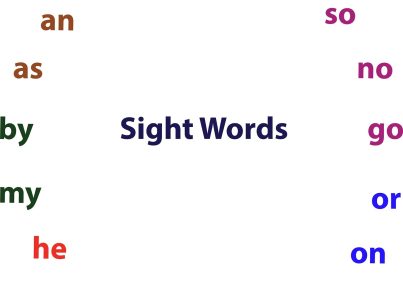Introduction:
With an increase in digital distractions and lifestyles that demand constant multitasking, fake reading has become a problem among teenagers. This phenomenon refers to students pretending to read while their minds drift elsewhere. To put an end to fake reading, educators must present engaging materials that capture teenage students’ attention and make genuine reading enjoyable.
1. Offer Material Suited to Individual Interests
A one-size-fits-all approach does not work when it comes to assigned reading materials. Teachers should consider each student’s personality and preferences, offering reading options tailored to their interests. By doing so, students will be more likely to connect with the material and become genuinely invested in their readings.
2. Support in the Selection Process
Helping teens find engaging books relevant to their lives can reduce fake reading. Instructors can develop book-lists featuring diverse genres, formats, and styles, from graphic novels to biographies. Teachers may organize book talks and encourage peer recommendations for more personalized suggestions.
3. Foster a Classroom Reading Culture
Creating a positive classroom environment where reading is both valued and celebrated can help reduce fake reading habits. Encourage a culture of curiosity and exploration at school by setting aside time for daily silent reading and having regular conversations about books with students.




